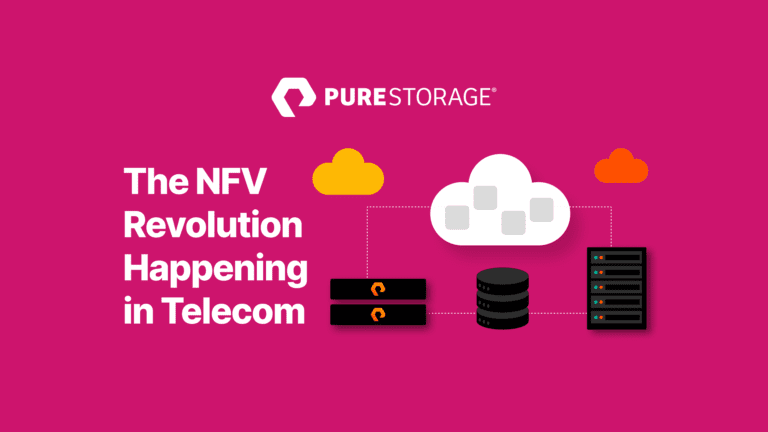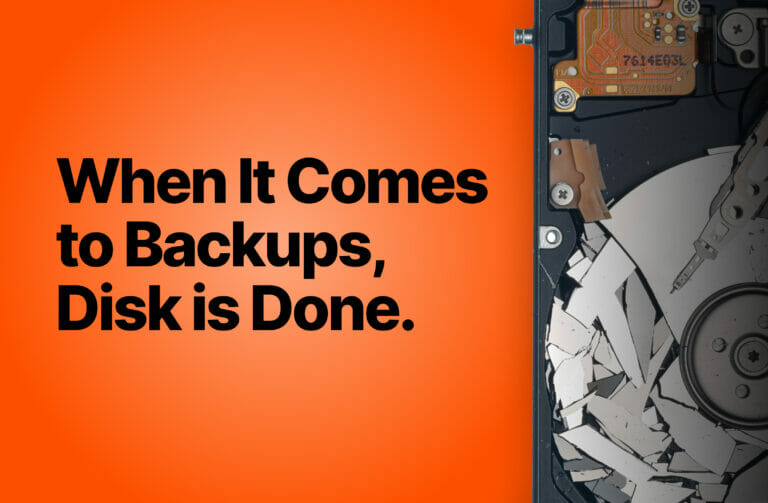The telecom industry was long seen as a stable business where little changed. From about the time of the first New York to San Francisco phone call in 1914, up to the 1980s, little has changed in the structure of the phone network.
Big technology changes came in with fiber-optic technology, but this still involved network hardware. Every network function typically had a “box” to go with it. Functions such as firewalls, VPNs, network routers, and load balancers were all deployed on proprietary, purpose-built physical hardware. This was costly, took up lots of rack space and power, and required staff skilled in each device. Innovation was slow and limited to hardware refresh cycles.
A better solution was needed. In 2012, a global team of representatives from multiple telecoms authored a white paper that defined the idea of Network Functions Virtualization (NFV). It changed everything.
Boxes Out, VMs In: The Revolution Begins
The big idea behind NFV was to move the network functions that were being run on purpose-built hardware to virtual machines, and this was made possible by the rise of VMware and other hypervisors. Anything that can be done on a purpose-built box can also be done on commodity data center kit: servers, storage, and networking gear. This simple and very powerful idea has many potential benefits:
- Reduced cost. Studies show savings of anywhere from 40% to 80% compared to conventional telecom networks.
- Reduced power consumption.
- The ability to easily share resources (multi-tenancy).
- The ability to rapidly scale services up or down.
- Hardware portability and easy hardware mix-and-match (for example, any brand of x86 server will serve the same purpose).
This is just a partial list of the amazing benefits that NFV can provide to telecom providers, particularly as they build out new 5G networks. (A quick terminology clarification: When a particular function is virtualized, it’s referred to as a Virtualized Network Function or VNF. Network Function Virtualization is the overall concept.)
NFV is a truly revolutionary idea, but there are challenges to deal with:
- Performance challenges. The good thing about purpose-built boxes is that they can be designed to do one thing very effectively. Moving to a general-purpose platform means that you can’t optimize the hardware for specific tasks. It is unknown whether performance will be good enough for networks that handle millions of operations an hour.
- Migration and co-existence. Telecoms already have vast data centers full of network boxes. You can’t snap your fingers and switch to VNFs, so the VNFs have to work with existing gear during a potentially decades-long period of transition. They also critically have to be able to tie into management Optional Support System (OSS) and billing systems.
- Management and automation. Telecom carrier networks are too large to be manually managed. Support for management and automation frameworks is critical.
- Security and resilience. One of the benefits of purpose-built hardware is that it can be very effectively hardened from attacks and made extremely resilient with redundant componentry. Commodity gear and VMs don’t always have this luxury, so security and resilience will need to be carefully considered.
Not all of these challenges are storage-related. And most of these issues are being worked out. But while VNFs have tremendous benefits, network rollouts have taken time and are still ongoing. How can Pure help?
How Pure Energizes the 5G NFV Revolution
Carriers continue to move more 5G functionality into VNFs. As part of this transformation, they need high-performance, reliable infrastructure that isn’t purpose-built. But “commodity hardware” doesn’t mean “it’s all the same.” It refers to hardware that supports open standards. In fact, the very real differences between storage vendors can be critical to the success or failure of an NFV project.
Pure Storage® FlashArray™ is the perfect storage device for 5G NFV because it helps solve some major problems:
- Reliability. Telecom networks have high reliability requirements. In addition to providing six nines of platform availability, FlashArray also offers a true active-active metro stretched cluster for even more reliability and resiliency. Snapshots provide a fast means to restore in the event of data corruption or human error.
- Performance. Replacing purpose-built hardware with VMs requires the most performant VM infrastructure possible. FlashArray is the ideal storage for this, with exceptionally low latency, 100% NVMe hardware, built-in QoS, and never any need for tuning.
- Automation. With its API-first design, FlashArray can be integrated easily into management and automation frameworks. A wide range of scripts and automation tools exist from an extensive developer community. FlashArray has direct integration into the OpenStack code base. And there are multiple integrations with VMware, including VMware Cloud Foundation, vVols, vRealize Orchestrator, and Pure’s unique VM Analytics.
- Always-on. There’s never any acceptable downtime for a carrier network. With FlashArray, telecoms can do non-disruptive upgrades, without impacting performance or availability.
- Efficiency. Data center space is always at a premium, and the exceptional density and low power requirements of FlashArray are a tremendous benefit. In addition, data reduction further saves on space. One major carrier saw 3.6 to 1 data reduction across its fleet of over 100 systems.
For all these reasons and more, Pure FlashArray is an ideal platform for 5G Network Function Virtualization. But even as carriers continue to move forward with NFV, there’s a new kid in town: Cloud-native Network Functions (CNFs) are the next step in upgrading carrier networks. We’ll talk about those in the next blog post.
Interested in how telecoms, hyperscalers, and service providers are planning to spend budgets in the future? Download the IDC Worldwide Service Provider Infrastructure Forecast at no cost.
![]()






